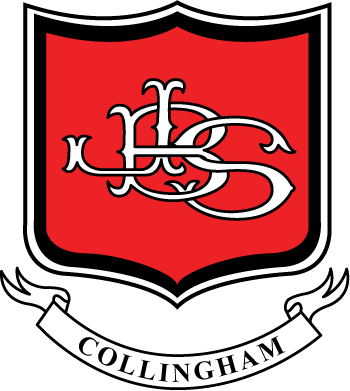Art
What is Art?
Art is the development of a child's expression and creativity using the skills of drawing, painting and sculpture.
Intent, Implementation & Impact for Art and Design
EYFS
The Early Years Foundation Stage Curriculum supports the development of children’s imagination and creativity through the planning and teaching of ‘Expressive arts and design’. Practitioners plan and encourage regular opportunities to engage with the arts, enabling them to explore and play with a wide range of media and materials. The curriculum provides a play-based and experiential learning environment, combined with focused teaching of basic skills, to ensure that children have the foundations for their creativity and to represent their own ideas. Art in the Early years is collaborative, sharing ideas, resources, and skills, we aim to encourage creativity and expression from the beginning of children’s school experience.
‘Art is a place for children to trust their ideas, themselves, and to explore what is possible.’ - MaryAnn F. Kohl
Intent
Creativity is at the forefront of learning. At John Blow Primary School, we value Art and Design as an important part of children’s entitlement to be imaginative, inspired and to express their unique creativity. Our Art and Design curriculum is inter woven and compliments each other. We aim to provide a high-quality art curriculum with cross-curricular links to provide a real purpose to our children’s work. We want to engage, inspire and challenge children, whilst equipping them with skills and techniques to be able to experiment and invent their own works of art. Our Art and Design curriculum focusses on a variety of key artists and children will begin to understand the development of their particular art forms. The children will have opportunities to take inspiration from these key artists and create their own artworks in their own style and understand historical and cultural development of their art forms.
Implementation
Our whole curriculum is shaped by our school vision which aims to enable all children, regardless of background, ability, additional needs, to flourish to become the very best version of themselves they can possibly be. We teach the National Curriculum, supported by a clear objectives and knowledge progression. This ensures that objectives, skills, and knowledge are built on year by year and sequenced appropriately to maximise learning for all children and are progressive throughout school.
At John Blow Primary School, we:
• Follow a clear progression of skills which ensures all pupils are challenged in line with their year group expectations and are given the opportunity to build on their prior knowledge.
• Ensure art lessons provide the children with a real sense of purpose, sessions and activities relate directly to the class topic. These cross curricular links help immerse the children in their art sessions and ensure they are memorable. An example of this is Year 2 creating London skylines using collage in their London topic.
• Ensure that children are given a variety of materials in art lessons. This includes the use of pastels, chalk, water colours, clay, pencils, spray paint, acrylic paints and more.
• Give value to artwork by displaying it around school and showcasing it in special assembly.
• Give each child a sketchbook. We give the child ownership of their sketchbook to foster their sense of creativity and individuality. Children use their sketchbooks to express themselves freely, make initial sketches, develop skills, record ideas, and evaluate their work. We believe that this builds resilience, like many artists, they have to learn from their mistakes and develop pride in their own work.
• Provide children with the opportunity to be creative both in and out of the classroom, such as at after
school clubs, buddy partners, outdoor learning and Golden Time.
• Don’t restrict art to just art lessons. Children often have opportunities to express their creativity and apply their art skills to support their learning in other areas, whether it be art linked to diagrams in science or art linked to poetry writing in English.
• Teach about the work of a range of famous local and national artists to enhance children’s learning.
• Provide opportunities to celebrate art in home learning for example designing a Christmas card.
• Use our Assessment Tracker (EAZMAG) which allows us to use data to inform future practice.
• Moderate art by carrying out work scrutiny’s, allowing opportunities for professional dialogues about art, assessment, progression and key skills taught.
Impact
By the time children will leave our school they should have developed:
• A passion for art and creativity, working both independently and collaboratively.
• Knowledge of skills and techniques which enables them to select and use materials, processes, and techniques skillfully and inventively.
• The ability to reflect on, analyse, and evaluate their own work and that of famous local and national artists.
• A confidence in selecting and using a range of materials in their work.
• Creativity to share ideas, experiences and imagination within school and the wider community.
